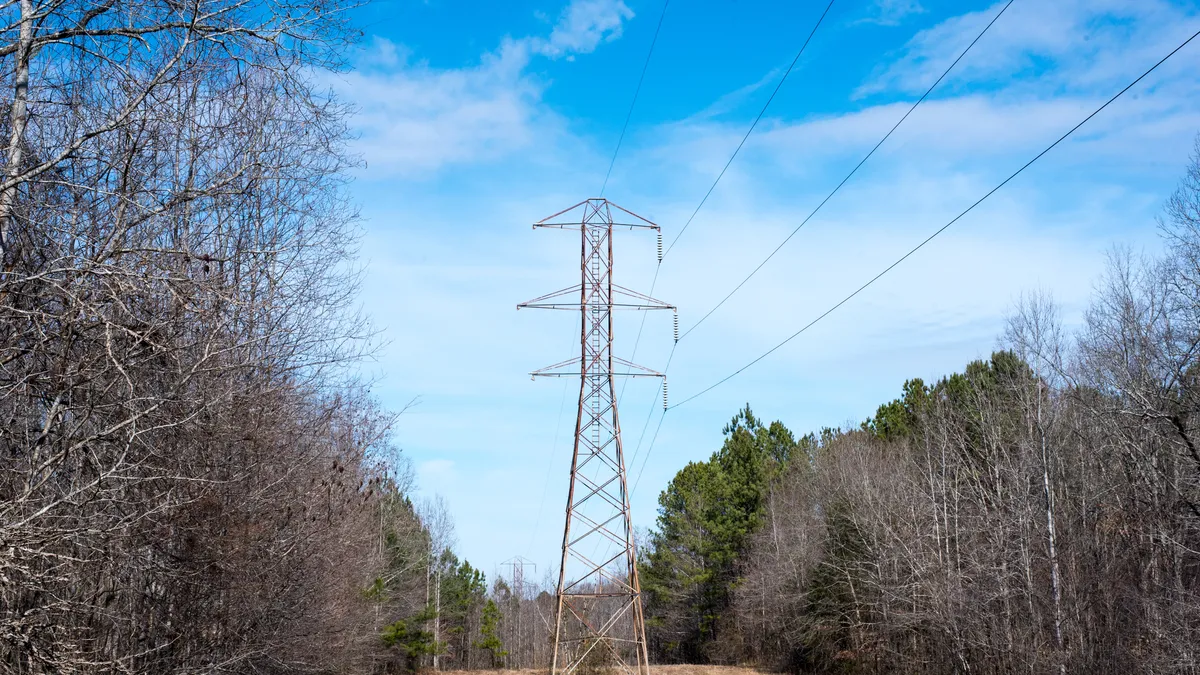Increased transmission capacity between the PJM Interconnection and the Midcontinent Independent System Operator could save $15 billion by 2035 by reducing the need for generating capacity, according to a report released Thursday by the American Council on Renewable Energy.
More transmission between the largest U.S. grid operators could also save more than $1 billion a year by allowing more affordable power to flow between the regions, the report found. In the last five years, congestion costs between MISO and PJM ranged from a total of about $200 million to about $1.7 billion annually, according to the report.
The report is set to be discussed next week at a transmission summit being held by the Midwestern Governors Association and the Organization for MISO States, which represents utility regulators.
A Department of Energy study released earlier this week found that among borders between U.S. grid operators, the MISO-PJM seam has the greatest need for expanded interregional transmission ties, according to the ACORE report, which was prepared by consulting firm Grid Strategies.
DOE found that the border between PJM and MISO needs between 27.9 GW and 51.7 GW of new transfer capacity by 2035 under a moderate load growth and high clean energy scenario.
However, mainly because of conflicts over cost allocation, PJM takes a siloed approach to transmission planning that considers reliability, economic, public policy and generator interconnection transmission projects separately, Grid Strategies said in the report.
“As a result, PJM is not building high-capacity regionally-planned transmission,” Grid Strategies said. Instead, the vast majority of recent transmission development has been smaller “Supplemental Projects” proposed by local transmission owners to meet reliability needs, which tend to be less cost-effective, the consulting firm said.
The ACORE report called for PJM to adopt MISO’s use of proactive, multi-value transmission planning with broad cost allocation for regional transmission across its footprint.
“Demonstrating the large net benefits of transmission to consumers in every part of PJM should help build support for broad cost allocation,” Grid Strategies said. A multi-value planning study would likely identify transmission solutions that offer larger net benefits and are more workable than upgrades made through PJM’s interconnection queue process, the consulting firm said.
In a near-term step, MISO and PJM could use more coordinated planning to identify interregional transmission projects, according to the report. They could also adopt the approach MISO and the Southwest Power Pool took in their Joint Targeted Interconnection Queue to plan and pay for upgrades identified through generator interconnection studies, Grid Strategies suggested.
DOE late last month awarded the JTIQ project $464 million. “The JTIQ Process replaces the traditional interconnection study approach with a coordinated, long-range, interregional assessment that studies multiple projects at once, resulting in more regionally optimized transmission solutions and an innovative cost-share allocation approach,” DOE said.
The ACORE report also called for allowing merchant transmission developers to propose interregional projects and be fully paid for the value of their projects.
In addition, MISO and PJM should improve the efficiency of energy market transactions across their borders, according to the report.
Illinois Gov. JB Pritzker, D, chair of the Midwestern Governors Association, made interregional transmission the organization’s top priority this year, Katharine McCormick, the Illinois Commerce Commission’s assistant director of policy, said during a webinar on the ACORE report.















